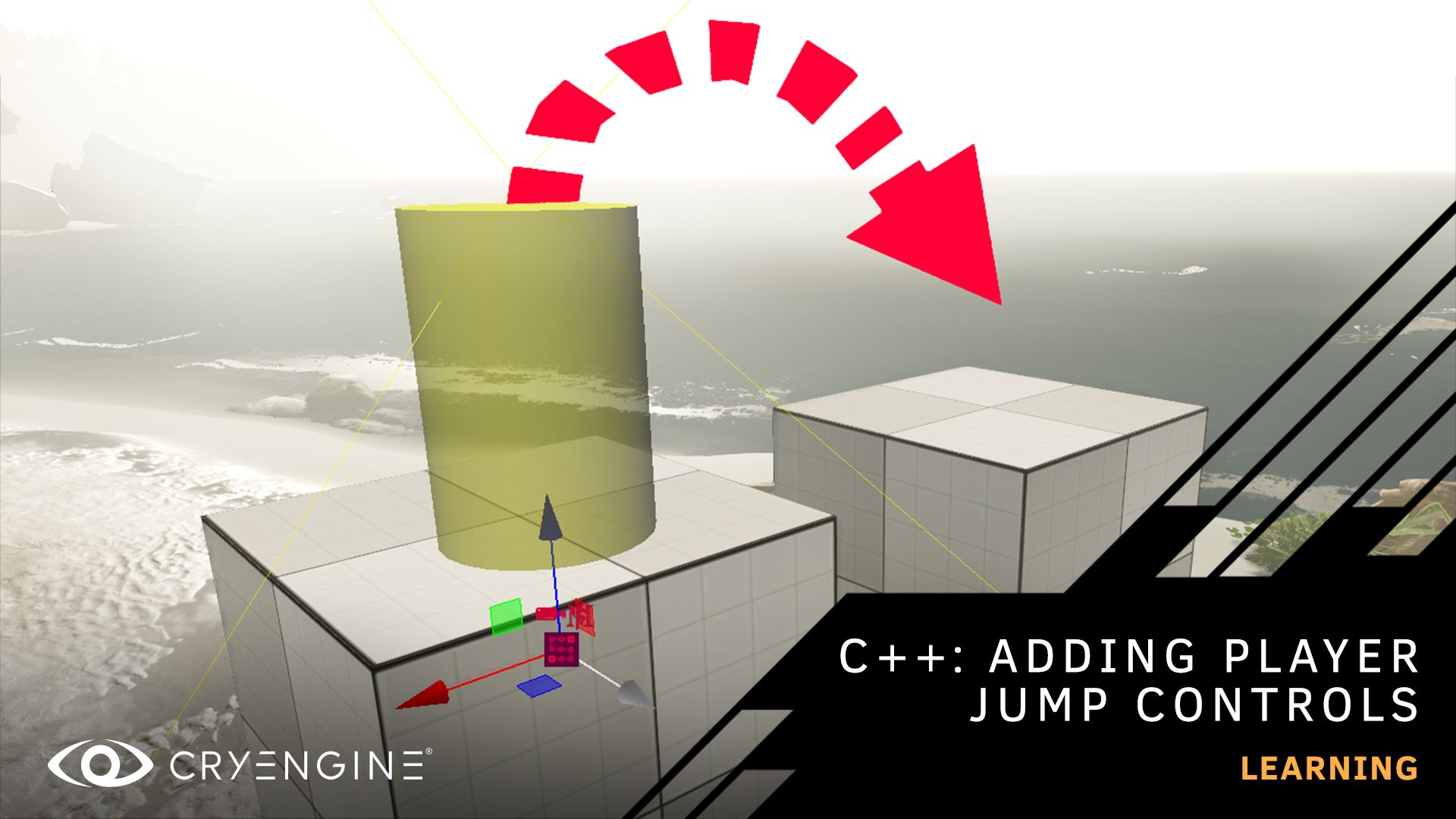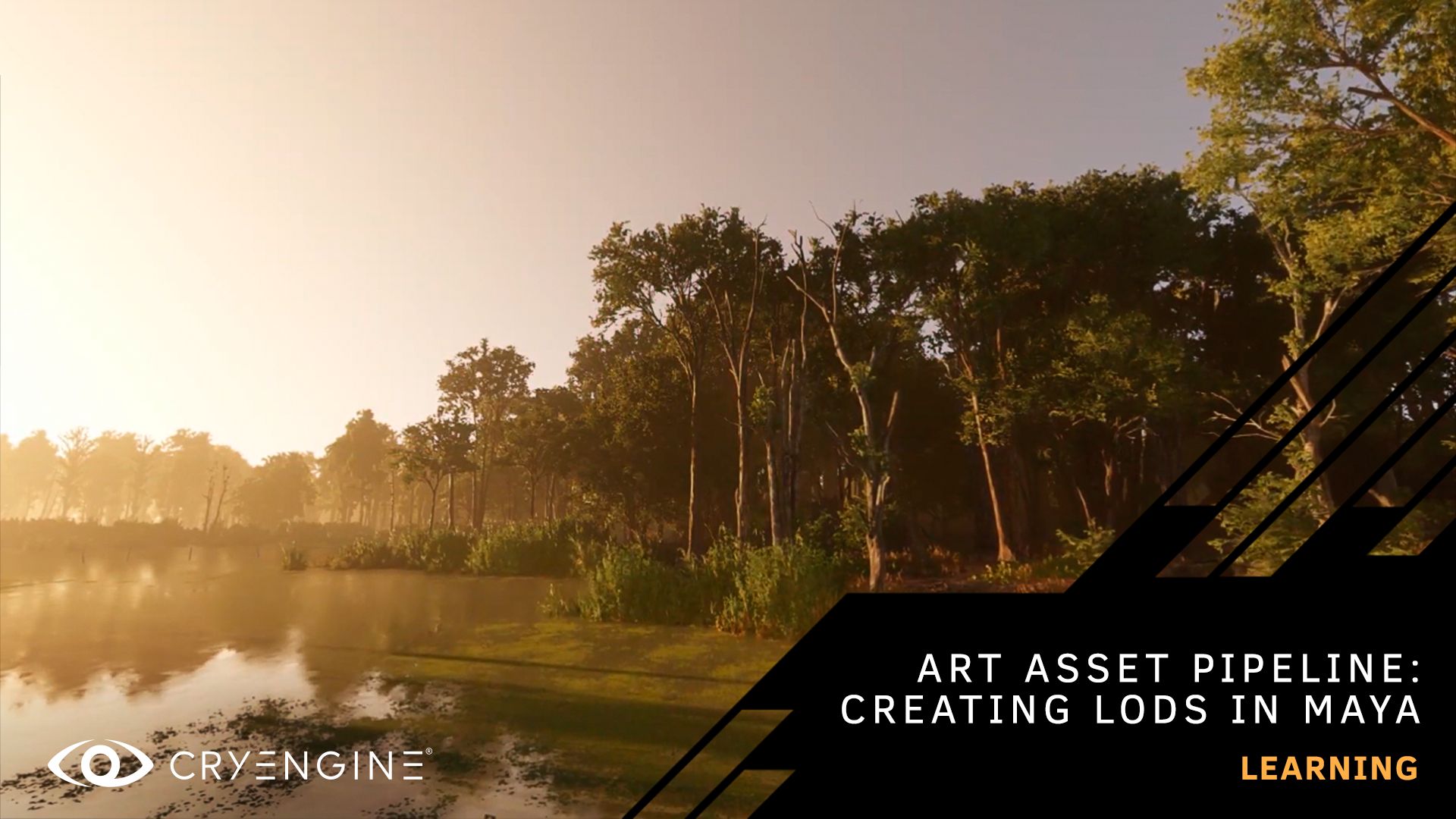
Art Asset Pipeline: Creating and Handling LoDs (Maya)
Check out the next part of our art asset tutorial series, covering the creation of LoDs using Autodesk Maya.
In the third part of our art asset tutorial series, Alin Alexa, one of our Technical Support Specialists, takes you step-by-step through a proven-in-production art asset pipeline using Autodesk Maya. This video includes a practical explanation of LoDs (Level of Detail), showing you how to optimize for various viewing distances, which will help keep the poly count low and the performance high in your scenes. Alin provides a full workflow for the creation and management of LoDs using Autodesk Maya, and you’ll learn the naming system used to mark different geometry elements. You will also be provided with an overview of the settings required to export assets using a CryTools pipeline and an FBX pipeline.
Using LoDs is an essential step to optimize assets for any project. By the end of the tutorial, you will understand the theory and workflow behind this technique using Maya, as well as learning how CRYENGINE behaves and uses LoDs in different contexts.
Further information about setting up assets and exporting them from Maya into CRYENGINE can be found in our written documentation. This tutorial builds upon part one, which shows you how to create physical collision proxies using Maya. If your preferred workflow includes 3DS Max, be sure to check out our previous tutorial covering the same topic of a LoDs pipeline using 3DS Max.
To get the most out of this tutorial, you should be familiar with the basics of game development and using CRYENGINE. If you are completely new to CRYENGINE, we recommend that you download our beginner’s course or watch the tutorial on our YouTube channel.
Stay tuned to our usual channels for more tutorials, and don’t forget to subscribe to our YouTube channel. If you have suggestions for tutorials, let us know on the forum, or via Facebook and Twitter. You can ask questions, pick up tips and tricks, and more by joining our community and the CRYENGINE development team over on our official CRYENGINE Discord channel. If you find a bug in the engine, please report it directly on GitHub, which helps us to process the issue quickly and efficiently.
Are you looking for your next career move? At Crytek, we value diversity, and we actively encourage people from all kinds of backgrounds and experience levels to apply to our open positions, so join us over at LinkedIn and check out our careers page.



